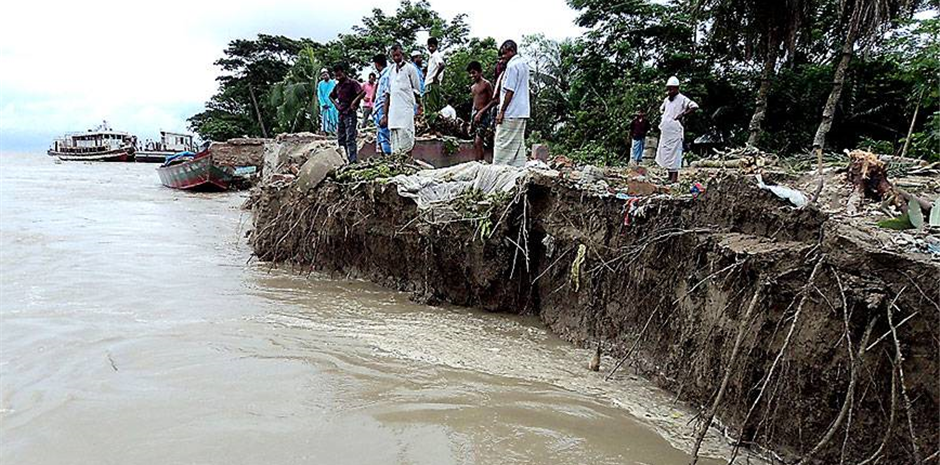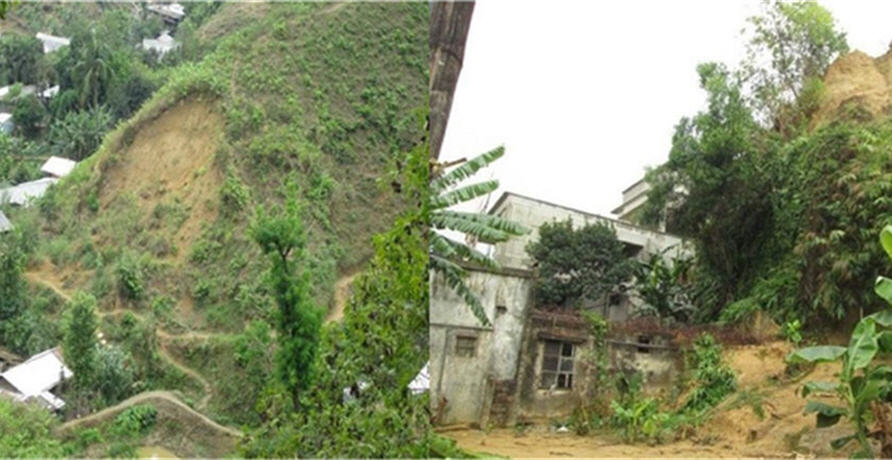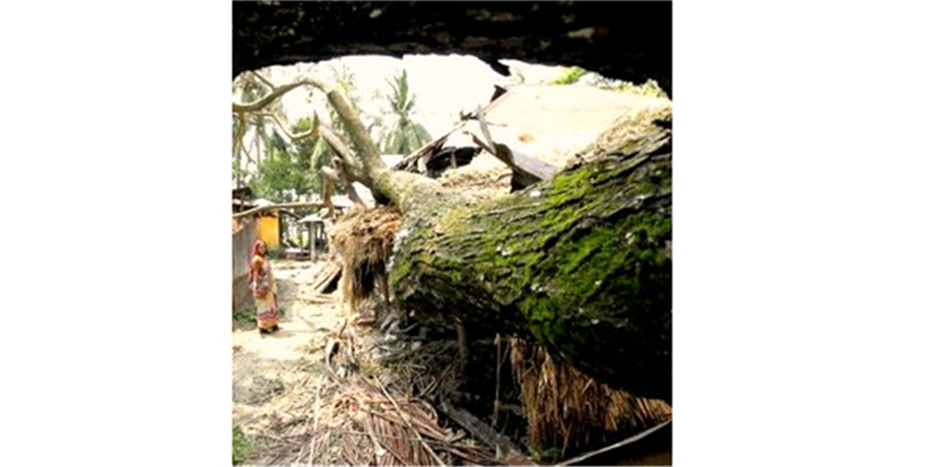Cyclone Sidr To Cyclone Mahasen – How has Bangladesh Coped?
Chittagong, Bangladesh
Even before the mighty Cyclone Sidr slammed onto the coastal areas of Bangladesh, the Marines were signaling Great Danger Signal No.10. The stakes were high for everyone living in the areas. They had to react very fast. Even for those living in the capital the effects of the coming cyclone did not go unnoticed. Below are accounts of two people affected by the cyclone in the two metropolitans:
“Hurricane is hitting. The wind speed is about 200km/hour. I saw a light post is just collapsed before me. The electricity is gone. It is a very fearful environment.” Mahmud, Chittagong, Bangladesh (BBCNews).
“The wind was flowing so hard my roof was shaking like an earthquake. I pray to Almighty to protect us from this.” Mamun, Dhaka, Bangladesh (BBCNews).
Those who have had the misfortune to witness both cyclones Sidr and Mahasen first hand will similarly admit to their devastation. When initially struck by Sidr, the destructive footprint that was left behind in Bangladesh was a clear warning for both the government and the people that disaster management preparations were inadequate for future natural calamities.
Responses post-Mahasen reflected improved level of preparations for all affected parties. In this piece we explore the extent to which post-disaster mechanisms, preparedness and reactions from authorities and the community differed from responses post-Sidr.
This report will explore: Sidr’s background and how the experience helped prepare for Mahasen, how the Rohinga’s were affected, what logistical challenges and subsequent measures and provisions the Bangladesh government implemented in response, and finally, future recommendations.
Bangladesh frequently faces natural disasters such as cyclones. Hence it is important to explore how much the country learns from each disaster and improves its preparations for future disasters. Cyclones Sidr and Mahasen, out of all others, were unlike most other past natural calamities in Bangladesh.
When Cyclone Sidr stuck on November 15, 2007 it was the worst natural disaster in over 10 years. According to Save The Children, over 200,000 people were left homeless and over 3000 people died (2009).
The destructive footprint left behind was colossal. A major reason for such a death toll was that many people where initially unprepared and unresponsive about evacuating the areas at risk. There was also a very acute lack of shelters, and more significantly, the poor backgrounds of communities meant families were reserved about moving from their homes out of disbelief – many had not come across a calamity of this size in their lifetimes nor from historical accounts. Hence, most among those dead were farmers, seamen or children.
However, positive improvements showed on the days prior to Cyclone Mahesen when the then interim Bangladeshi premier told BBC "A most terrible cyclone is rushing towards the Bangladesh coast, but we are all set to deal with it."
This reflected on measures taken by the government as 956,672 people were evacuated from coastal areas to more than 3200 cyclone shelters. BBC reports that only 13 people lost their lives, an incredible reduction in causalities.
Besides, 100 metric tons of rice were distributed as aid, alongside 5000 tents and 7000 sarees and lungis. The total funds allocated to disaster management totaled Taka 300,000, equivalent to US$ 3800.
The path to progress involved raising community awareness regarding safety measures, resource management and rescue systems during natural disasters. NGOs like Save the Children and USAID provided training and assistance on the field.
The safety of Rohingya refugees in the coastal area is a critical priority for the government. The refugee population is significantly large in high risk areas on the southern coast of Bangladesh and were the most affected by both cyclones.
After Sidr, the government recognized that additional precautions and provisions needed to be established to bring these people under state protection despite political differences.
Further logistical challenges were added by the closing of rail and air networks to the affected regions. The government foresaw such risks during Mahasen, however the logistical back up was inadequately prepared and communication networks were hampered. It is important to note that Mahasen was significantly weaker to Sidr, even though it caused damage to 94000 houses.
With additional reinforcements from disaster management authorities and community actors, casualties were minimized greatly (Islam). Meanwhile, the preparations taken in Bangladesh were recognized by the UN when in a news release the UNOCHA said, “While tropical storm Mahasen reached the coastline of Bangladesh on Thursday weaker than anticipated, the preparedness work undertaken by the Government and humanitarian partners saved countless lives,”.
Sometimes the most significant changes can be the simplest. Since Sidr, ECRRP, a unique project by the World Bank, has worked to establish more shelters (Ahmad). Still more are needed, with better facilities.
Since cyclones like Sidr and Mahasen tend to persist for long periods of time, shelters need to have better washroom facilities and separate living spaces for men and women. Damage done to the infrastructure of the affected area needs to be rebuilt and rehabilitated as fast as possible and of course, the farmers’, seamen and other people who are forced to move from their homes need to be resettled along with a re-established source of income.
When Cyclone Mahasen first surfaced, about 8.2 million people were said to be at risk in Bangladesh, Burma and North-Eastern India (Majumder, UN). To be able to handle so many people and to accomplish the solutions suggested in this piece.
In the future, several steps need further improvement, most importantly food preservation. A possible recommendation would be to train coastal communities on dry food preservation through burying them in underground chambers for access during emergencies.
This requires some infrastructural capacities that these organizations can possibly provide. The outlook remains positive for coastal Bangladesh. Disaster management is increasingly inclusive and community-driven. Bangladesh has shown exemplary progress so far, and expectations remain for the future of disaster management.







